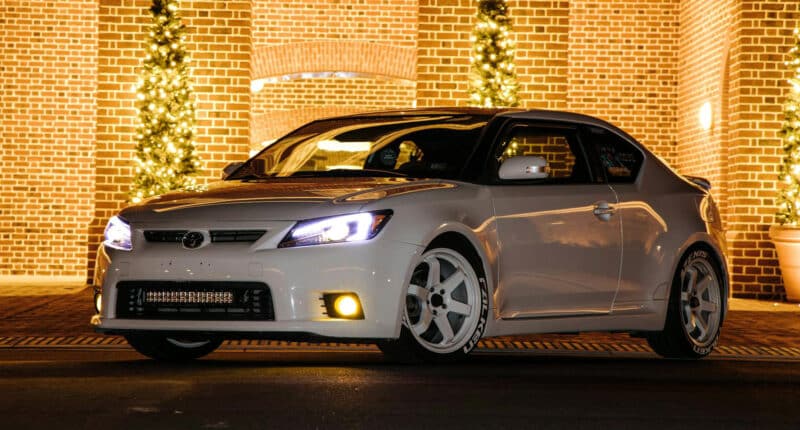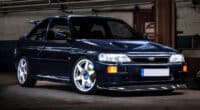Toyota created Scion specifically to target the attention of its younger demographic. Contrary to what Lexus stood for, Scion’s sole purpose was to fulfill the needs of those who want an affordable car with many tuning options and a “cool” tag.
Introduced in 2004, the tC quickly gained popularity among the younger generation and hit almost every sales goal Toyota had. Despite not being rear-wheel-drive, the Scion tC solidified its position as a fantastic tuner car.
In this article, we delve into the world of aftermarket performance parts and zero in on some upgrades for your modified Scion tC.
Scion TC Performance Parts
Both the AT10 and the AT20 generations of the tC sport a naturally aspirated motor and share many similarities, which means many aftermarket parts are interchangeable. This is true for many cars running the 2AR motor.
The 2AZ-FE and 2AR-FE motors are receptive to bolt-ons and can handle forced induction relatively well, depending on how durable the build is.
It’s worth noting that while most performance parts, especially bolt-ons, won’t give you a noticeable boost in performance individually. You’re going to have to combine a few of them to actually notice a difference in real-world performance.
For instance, just a cold air or short ram intake paired with a catback or axle back exhaust won’t do much. But if you stack on other upgrades like a lighter flywheel, an upgraded camshaft, bigger injectors, and a larger intake manifold, you’ll feel a significant difference.
Below you’ll find some of the most accessible Scion tC performance upgrades.
Intake
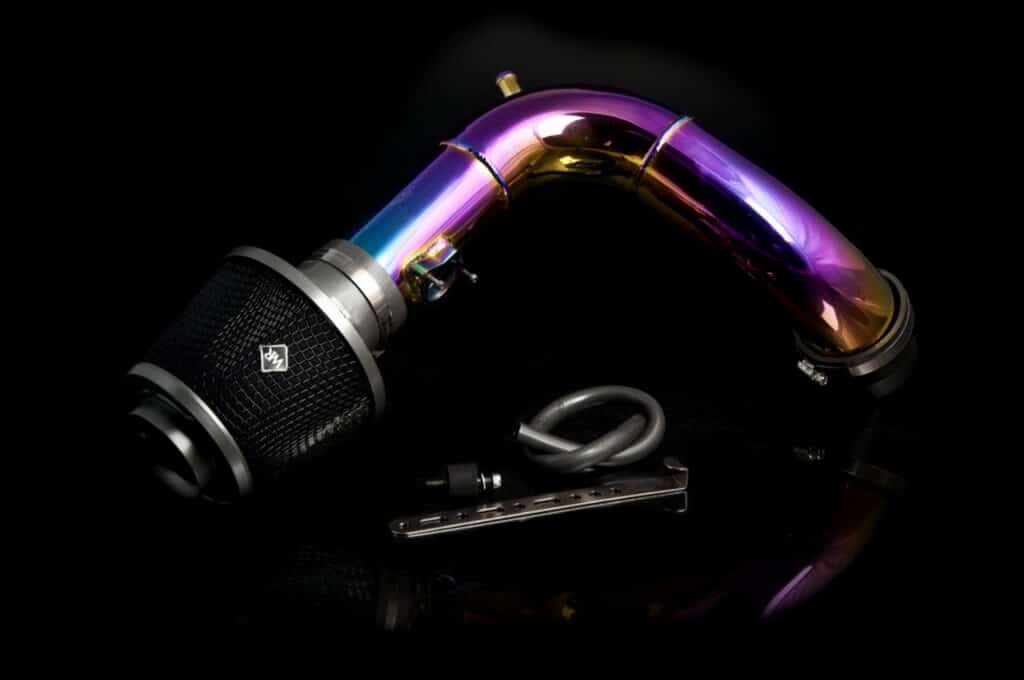
Most enthusiasts get their feet wet by tinkering with the intake system. Intake mods are one of the first Scion tC aftermarket parts to consider. It’s a great place to start if you’re new to tuning and modifying your car.
Pushing denser, colder air into the cylinders will improve combustion and subtly increase power and torque.
A well-executed air intake mod for the tC may net a couple of hp here and there, but the improved intake noise alone makes the upgrade worth it.
Some of the nicer air intakes for your tuned Scion tC include:
Exhaust
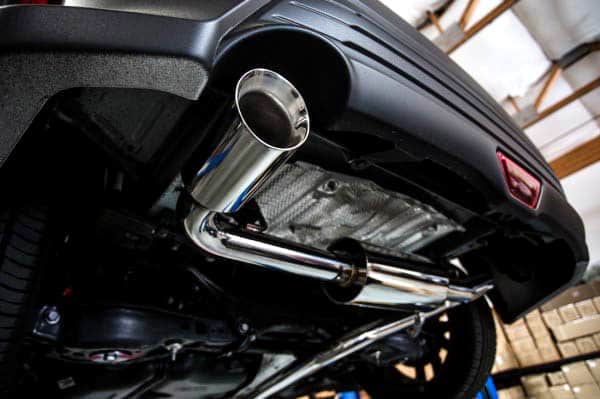
An aftermarket exhaust is one of the first performance parts people typically install on their project cars. It’s often paired with a cat delete and a muffler delete to improve the exhaust note.
While the placebo itself is enough for most people, if you want to get actual gains from upgrading your exhaust, you’re going to have to get down into some of the sciency stuff and do some research on back pressure and scavenging.
And anyway, most exhausts will provide a very limited amount of power. If you’re only after the sound, you’re better off just buying a set you enjoy the design of than spending hundreds of dollars on a catback that’ll net no more than 5 hp.
Axle-back exhausts are a great alternative as they’re cheap and are only meant to improve the sound. Here are some aftermarket exhausts that we recommend for your tC:
- HKS Hi-Power
- ARK GRiP
- APEXi N1
- ARK DT-S
- GReddy Revolution RS
Tuning
These days, no car project car is complete without an ECU upgrade. For those not in the know, your electronic control unit (ECU) manages things like fuel injection, ignition timing, and ABS.
It is necessary to recalibrate and remap it after installing any performance upgrades. Tuning is critical if you’re modifying other parts of your car. So, make sure to consult a professional regarding remapping your ECU.
Forced Induction
Forced induction is the most effective way to get more power out of your Scion tC. This route is cheap and will need considerable preparation on your part.
Besides making sure that your engine can handle the extra load by upgrading the fuel system and some internals, it would be wise to improve your car’s handling, traction, and braking to handle all that extra power.
With this car, the turbo route often seems more logical because it’ll yield more power, and besides, Toyota’s TRD system is your only option when it comes to Scion tC superchargers.
Nonetheless, best Scion tC turbochargers are manufactured by:
- ATP (discontinued)
- PTuning (discontinued)
- Rev9Power (available by order)
Greddy TD05H-18G is also a great turbo to consider, but unfortunately it has been discontinued.
Suspension Upgrades
Making sure your Scion tC handles well before you add any performance upgrades is the way to go.
There’s no better way to do this than by swapping out your stock suspension components for purpose-built aftermarket parts.
Coilovers
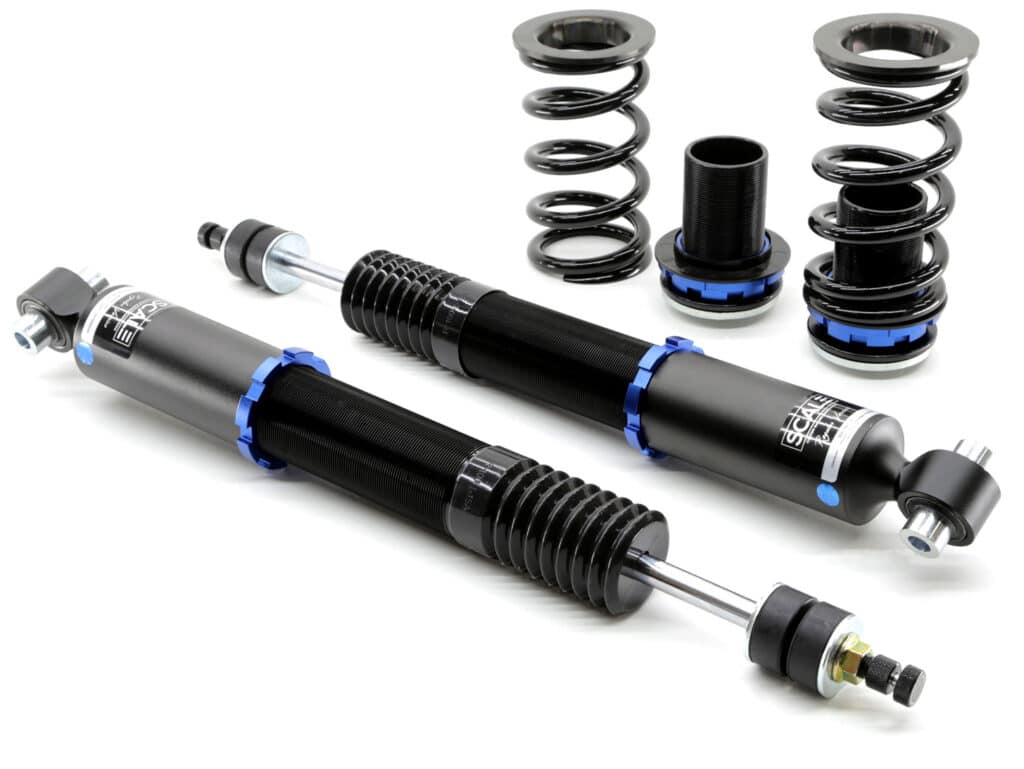
We cannot stress enough how important it is for you to upgrade to coilovers. The quality and cost of coilovers vary widely; some of the more affordable options will suffice if you only want a little drop and better handling for your daily driver.
But on the other hand, if you want to visit the track often and put your suspension capabilities to the test, consider spending more so you won’t have to replace them once again in the not-too-distant future.
The following coilovers are some of the best upgrades for Scion TC:
- KW Variant 3
- TEIN Flex Z
- Godspeed Mono-SS
- BC Racing BR Series (2012+)
- Ohlins Road & Track
- Buddy Club Racing Spec (2012+)
Lowering Springs
The main disadvantage of lowering springs compared to coilovers is that they don’t allow for ride height adjustment.
On the other hand, this might be ideal if you want to lower your Scion tC for daily driving but don’t plan on doing a lot of racing. Our top recommendations include:
- TEIN S-Tech
- Tanabe NF210
- Eibach Pro-Kit
- H&R Super Sport (2012+)
Sway Bar
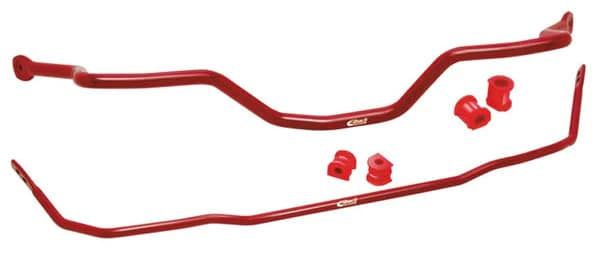
Sway bars are suspension components that are meant to reduce the amount of body roll or sway that occurs while the vehicle is cornering. It does this by connecting the left and right sides of the suspension, often using bushings and end links.
Your Scion tC’s traction and steering may be enhanced by installing a sway bar, depending on what size you choose. By reducing body roll, sway bars allow the tires to stay in contact with the road for greater grip and control.
Some options include:
- Hotchkis Sport
- Whiteline
- Progress Tech
- TRD
Control Arms
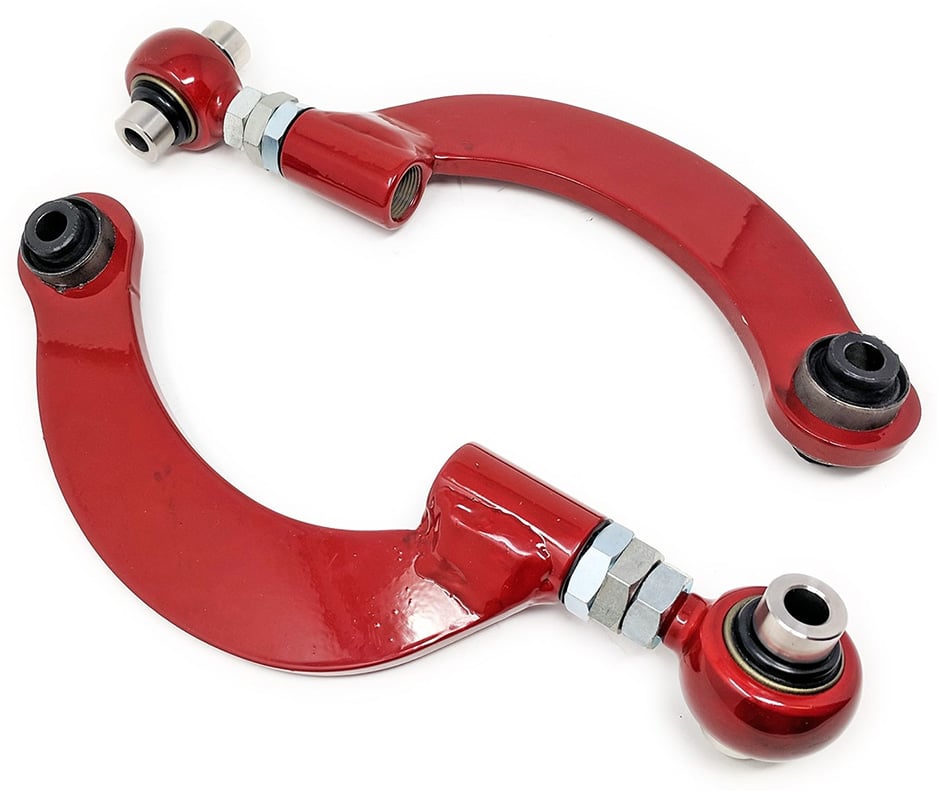
Upper and lower control arms are in charge of linking your suspension to the chassis. They’re crucial because they keep the wheels aligned and provide regulated movement between the chassis or subframe and the wheel hub assembly. They are also called “wishbones” or “A-arms.”
Generally, aftermarket control arms are lighter and stiffer than their OEM counterparts. They’re less likely to bend in an unexpected direction since they’re built of sturdy materials.
Control arm upgrades are often the last piece of the puzzle when modifying the suspension and handling of a tuned Scion tC.
Here are some of our recommendations:
- Megan Racing
- SPC Performance
- Skunk2
- Godspeed
In What Order Should You Modify Your TC?
While there are no absolute guidelines for modifying a car the right way, there is an intuitive path you may take. The goal is to improve safety, braking, and handling before focusing on increasing speed.
- Handling first: Prioritize lowering your vehicle if that’s something you intend to do. Fitting new wheels or tires will be considerably less of a hassle.
- Performance second: When upgrading your car’s performance, don’t forget to get it tuned. Most enhancements are pointless if they do not come with the accompanying engine management.
Do you think leaving the tC stock is the best way to experience it? Let us know your thoughts by leaving a comment below!
